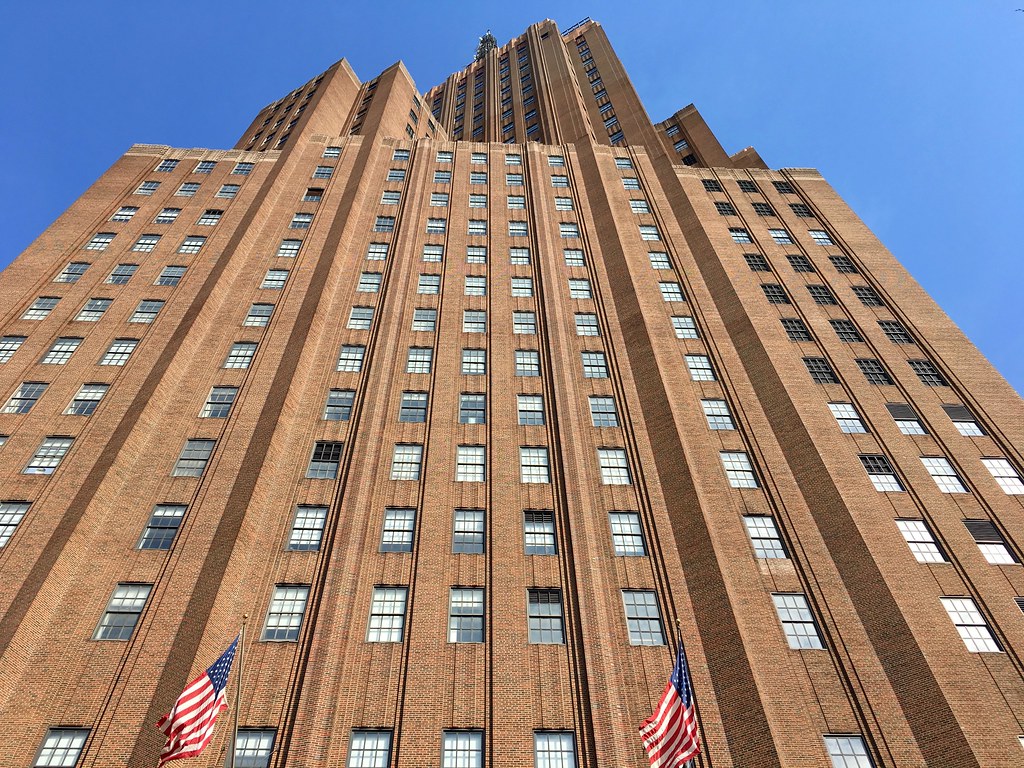A Deep Dive into the Challenges of Data Center Colocation in Manhattan
Manhattan, the heart of New York City, is home to some of the most iconic skyscrapers and towering buildings in the world. But beneath the surface of its bustling streets and gleaming towers, there’s a less visible yet equally crucial infrastructure that supports the digital world: data centers. In particular, the telco hotels—or carrier hotels—of Manhattan play a unique and pivotal role in the global communications network.
This blog post delves into the peculiar challenges that come with data center colocation in Manhattan’s telco hotels, contrasting these difficulties with the more flexible environments found in other cities like Chicago and Los Angeles. While telco hotels are critical for telecom businesses to lease space for their network equipment, these buildings present a set of unique challenges that make data center management more complicated compared to other locations.
What is a Telco Hotel?
To understand the challenges of colocation in Manhattan, we first need to define what a telco hotel is. A telco hotel, also known as a carrier hotel, is a large, multi-tenant building that houses telecom and network providers’ equipment. These buildings are designed to facilitate the exchange of data between different networks, and they offer space for multiple companies—tenants—to lease. Inside a telco hotel, you’ll find large data centers that host network switches, servers, and routers, often serving as the backbone of internet traffic routing for a region or even a country.
Telco hotels are particularly crucial in cities like Manhattan, where dense network connectivity is required to keep businesses, financial markets, and infrastructure running smoothly. They serve as essential hubs for the telecom industry, providing interconnection points for various carriers, ISPs, cloud providers, and enterprises. The building itself becomes the backbone of countless data transfers that occur within and across the city.
The Challenges of Colocation in Manhattan
While telco hotels are vital to New York City’s communication infrastructure, they come with several challenges that are rare or less pronounced in other cities. Here are three key factors that make data center colocation in Manhattan particularly difficult:
1. The Age and Landmark Status of Buildings
Many of the telco hotels in Manhattan are housed in older buildings that date back to the early 20th century. Some of these buildings are also landmarked, meaning they are protected under historic preservation laws. This landmark status creates a significant challenge for data center operators looking to expand or modify the space.
Due to the age and landmark protection, any significant changes to the building must be approved by the city’s Landmarks Preservation Commission (LPC). This means that upgrading or modifying the building to accommodate modern data center needs—whether it’s improving cooling systems, adding electrical infrastructure, or updating elevator access—requires a lengthy approval process. The result is that the buildings often remain stuck in the past, unable to meet the rapidly evolving needs of the digital age.
But the challenges don’t stop there. Landmark status can also hinder the physical movement of equipment within these buildings. The infrastructure is often old and delicate, with floors and walls that cannot handle the wear and tear associated with moving large servers or network equipment. The elevators in these buildings, for instance, are often part of the protected structure, and it’s common for tenants to be restricted from using them to move equipment for fear of causing damage. As a result, they are forced to use freight elevators, which can only operate during specific hours of the day.
2. Limited Access and Freight Elevator Restrictions
For data centers, access to the facility is critical. Equipment needs to be installed, maintained, and replaced promptly, especially in mission-critical environments where uptime is paramount. Unfortunately, in Manhattan’s telco hotels, the access situation can be extremely limiting.
The freight elevators that are designated for moving equipment are not available 24/7. They typically operate only during the daytime, which creates a significant bottleneck for anyone needing to transport equipment after hours. This restriction can have a cascading effect when equipment fails unexpectedly and needs to be replaced or repaired at night.
If a data center operator needs to bring in a new piece of equipment during non-business hours, they may face a four-hour reservation window—sometimes requiring up to a week’s notice in advance. And these reservations can cost as much as $395 per hour, with a minimum booking time of 4-6 hours. In some cases, a simple server replacement or troubleshooting session could be delayed by half a day due to the time it takes to get access to the building. This issue is especially frustrating for clients who rely on quick, 24×7 access to their equipment to ensure smooth operations.
3. Unionized Workforce and Delays
The telco hotels in Manhattan also have a highly unionized workforce, with union electricians and construction workers handling most of the labor in the building. While unionized labor is often associated with skilled, quality work, it also means that any modifications, maintenance, or installations are subject to union rules, which can result in delays.
For example, if you need to make a quick change to your network setup or upgrade the infrastructure, you may have to wait for a union worker to be available. Additionally, some telco hotels are so large that navigating them can be cumbersome. The parking facilities, although available, can be difficult to access, and some buildings lack convenient staircases or elevators, requiring tenants to walk great distances inside the building, much like walking an entire city block.
These logistical inefficiencies can result in frustrating delays for data center operators, especially when compared to more modern or less unionized data centers in cities like Chicago or Los Angeles, where access is often more straightforward.
4. Parking and Access Limitations
In Manhattan, getting equipment into a telco hotel is often more complicated than it might seem. Many buildings, including those that house data centers, lack adequate parking or convenient drop-off zones. This makes it incredibly difficult for workers to simply pull up to the building, unload their equipment, and carry it inside.
In fact, even when you’re able to get near the freight elevator, there’s frequently no place to park. The streets around many telco hotels are crowded with traffic, and the lack of available parking spaces makes it hard to even stop long enough to unload a server or router. Drivers can be aggressive, sometimes blocking the street or creating further congestion, making the unloading process even more arduous. Don’t forget the non-stop headaches of couriers not being able to find your suite, because they don’t know how to get into the building, or into the correct entrance. They are always confused about where to bring parcels and who to leave them with. Much worse if you’re a subtenant.
This situation often requires two workers: one person who stays in the car to ensure it doesn’t get towed or blocked, while the other runs inside to deliver the equipment. The lack of available parking spaces means it’s not as simple as driving into a lot and walking the equipment over to the freight elevator, which is the common experience at most data centers in other cities. In comparison, many data centers outside of Manhattan are situated on large campuses with ample parking lots, making it easy to simply park your car and wheel equipment on a dolly directly to the freight elevator. This ease of access is a luxury that Manhattan’s telco hotels simply cannot offer.
Why Is This Different from Other Cities?
The challenges associated with Manhattan’s telco hotels stand in stark contrast to the experiences of data center operators in more suburban places in New Jersey, Indiana, Utah, and Arizona. Even cities like Chicago or Los Angeles, whose carrier hotels are also downtown, are not nearly as complicated to work with because they do not have the same restrictions and environment as New York City. There are landmarked buildings in Chicago, but they have relatively low traffic, and parking is aplenty.
Just be prepared.
The data center colocation experience in Manhattan’s telco hotels is undeniably unique—and not always in a good way. The city’s historic buildings, coupled with unionized workforces, strict access restrictions, and a lack of convenient parking, shipping problems, create an environment that makes managing a data center more complicated than in other major cities. These challenges have given rise to a curious case for telecom businesses operating in the Big Apple, forcing them to work around the limitations of these buildings while navigating the complicated landscape of historic preservation and logistical constraints.
While the essential role of these telco hotels in supporting global communication infrastructure cannot be overstated, the reality of managing data centers in these buildings requires resilience and ingenuity. For businesses with mission-critical applications, the hurdles of Manhattan’s colocation spaces may require careful planning, extra time, and a healthy budget for access and labor costs.


